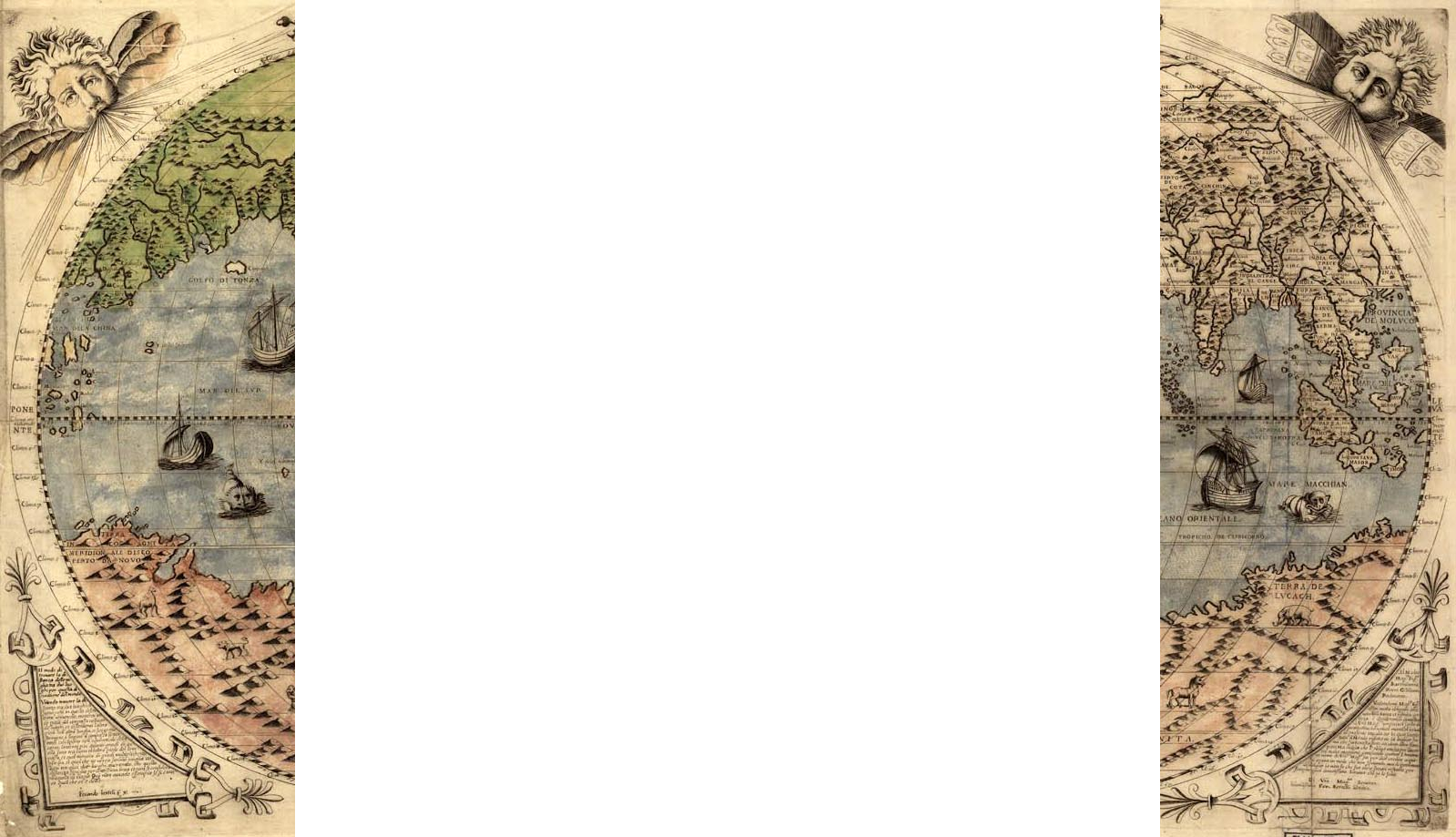
Photo by Kelsey Power
I had the privilege of attending the Death in the Ice exhibition at the National Maritime Museum this past week. The show opened in July and will remain on display until the 7th of January. Tickets are available online for £9.60, and at the Bookings desk for £12.00*, with concessions available. The exhibition has some really stand out objects and does an excellent job in providing a robust narrative that contextualises both the voyage and the continuing research on the recently relocated Erebus and Terror.
The display begins on the front lawn, with haunting tombstone-like flags planted as memorials to each man who set forth on the mission to find the fabled Northwest Passage. Inside, the exhibit takes the visitor on a tour through the inhospitable artic conditions Franklin faced, and includes a look at how the Inuit were able to adapt to the environment. After this apt introduction, the other sections include a look at the “artic” in the public imagination of the 1850’s, life on board the ship, the subsequent search for the missing men, academic and popular speculations on the causes of death, and finally, a look at how Parks Canada rediscovered the wrecks and the current research being done on the artefacts. As a whole, the exhibition is an homage to curiosity: to explorers, to unsolved mysteries, and to the important work of researchers.
One of my favourite objects, the Inuit summer suits, on loan from the Canadian Museum of History, injects a perhaps intentional lightheartedness into the beginning of the exhibit while also making clear just how inhospitable the climate in the area is to human habitation. Objects show how the Inuit adapted to their environment, and how they made use of objects left behind by western explorers. The Inuit material culture appears frequently throughout, including some interactive elements that encourage visitors to touch carved topographical maps or listen to recordings in the Inuit language.
The section devoted to life aboard ship is modelled on the size and shape of the ship itself, a wonderful decision that gives the viewer a sense of just how important the objects housed within-dedicated to navigation, entertainment, and sustenance- would have been to maintain the crew in both body and spirit. A letter written by Franklin’s wife adds pathos to the next section, chronicling the various search parties. Unbeknownst to her, she’d been a widow for about five years. The letter is heartbreakingly juxtaposed with a sledge pennant emblazoned with the motto “Hope on, Hope ever”. Another notable object is the Victory Point Note, the last known communication from the party, and tantalisingly providing a glimpse into the fate of the expedition. Visitors should be careful not to miss it in its darkly lit box. The display includes a button to illuminate the letter, which feels like a suitable compromise between preservation and display.
The content of the exhibits are often bolstered, and occasionally hindered, by the design choices. Near the end of the exhibit, the cold of the arctic switches to the cold of the clinical, with a pure white shroud separating the area dedicated to the physical remains of the crew members and their possible causes of death. This area feels like an autopsy, both of persons and of evidence. Some may find these photos off-putting, but they are labelled to allow users to make their own judgement about what they feel comfortable viewing. The emphasis is correctly academic and respectful. There are occasional typos, and in the case of some paintings displayed as part of a ‘Victorian lantern show’, I was unable to locate attribution information. The whole is easy to navigate, atmospheric without being poorly illuminated, and accounts for multiple audiences.
Those without prior knowledge of the Franklin expedition will be intrigued, and those familiar with it will be fascinated by the opportunity to view such an evocative display. Visitors curious to see more about Franklin in Greenwich may visit the monument in the nearby Old Royal Naval College Chapel, as well as the lesser-known Bellot Obelisk on the nearby Thames riverfront. The former contains the recovered remains of one of the men who perished on the Expedition, the latter was erected by Lady Franklyn to commemorate a French sailor who died whilst searching for the Erebus and Terror.

Photo by Kelsey Power
*Prices may be subject to change, please enquire with the museum or check their website.







